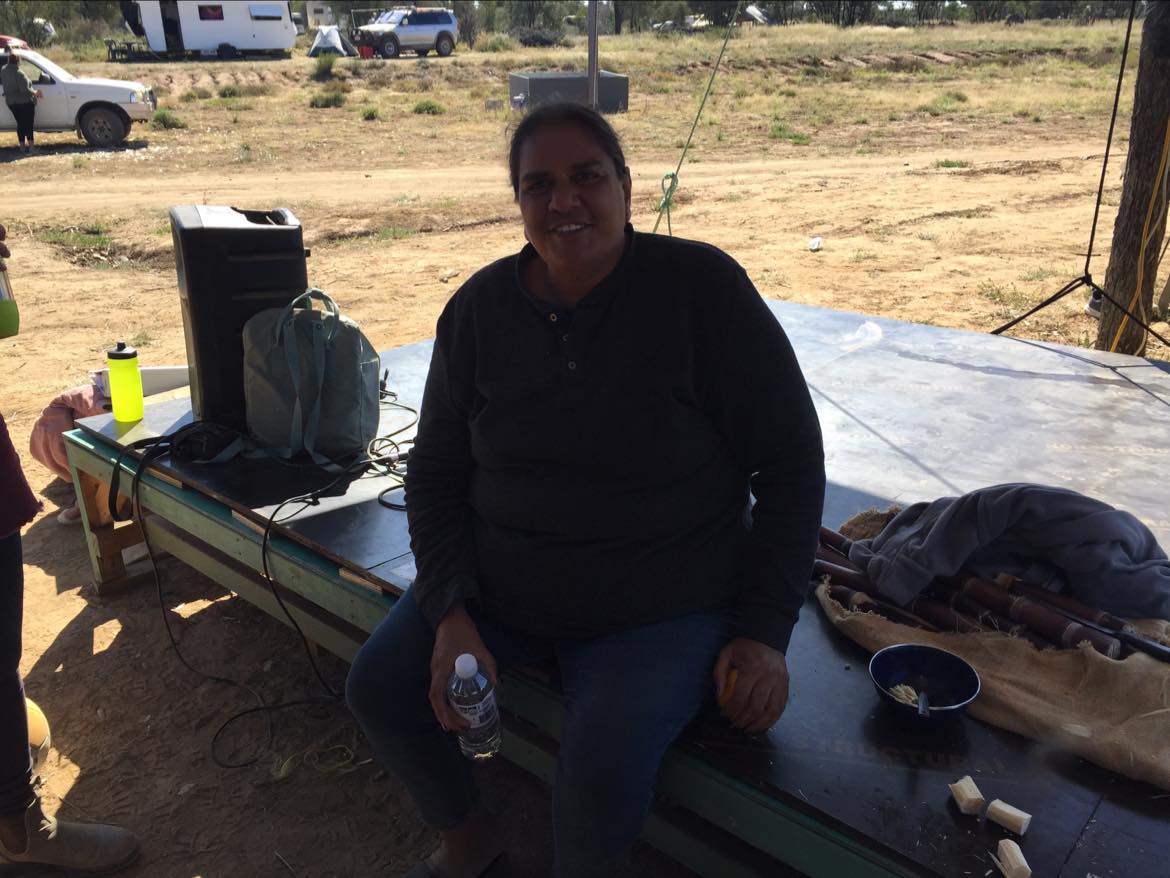
Labor’s Minister for the Environment Tanya Plibersek visited the Burrup and declared a Perdaman fertiliser plant could go ahead in August. She said the Murujuga Aboriginal Corporation had given authority.
Murujuga, in the Burrup, was named Dampier Island by the colonisers and lies 3 kilometres off the Pilbara coast. Yaburara people were murdered in atrocities known as the “Flying Foam massacre” between February and May 1869.
The five clans who became traditional custodians following the massacre include the Yaburara, Ngarluma, Mardudhunera, Yindjibarndi and Wong-Goo-Tt-Oo peoples.
The island became an artificial peninsula in 1963 when a causeway was made for a road and railway connection.
The Murujuga National Park, within the Burrup, contains the Murujuga Rocks — the world’s largest collection of ancient rock art.
The 50,000-year old rocks, which include more than 1 million pieces of art, were listed for World Heritage in 2018.
Since the Murujuga Aboriginal Corporation conceded their traditional land 30 years ago, the area has been industrialised, including with the Yara Pilbara Fertiliser Plant, which is one of the world’s largest ammonia producing plants.
Kuruma Marthudhunera Custodian Josie Alec told Green Left’s Coral Wynter about the campaign to save ancient Murujuga rock art on the Burrup Peninsula from being destroyed by the $6.5 billion fertiliser plant, which could operate from the nearby Maitland Industrial Area, just 35 kilometres away.
josie_alec_coral_wynter.jpg

* * *
I was born under a tree in Roebourne, Western Australia, and taken away when I was one year old and brought up by a white foster family in Perth.
My mother said to me: "We gave you a good education, now take it back to your people and use it." She kept nagging me and that’s what I did.
When my house burnt down in Perth in 2000, I packed my car up with my four kids, a dog and $30 for fuel and went to my Aboriginal family. I’ve been home for almost 22 years.
I worked at the school as a teacher’s assistant and brought my kids up with language and culture, something I never had.
The old people and my mum started showing me Murujuga and the significant sites. They had fought so hard, but they just got worn down and signed on the dotted line.
Murujuga is very, very significant. It holds the creation stories all over the rocks. Every single rock has a story to it, every single petroglyph.
A lot of our people had to deny their culture if they wanted their kids to go to school or even wanted to buy at the store. In the 1950s and 1960s, our old people used to wear dog tags.
They did stand up for their country. My aunties said they got worn down because people were getting lots and lots of money to sign off on these projects. They got sabotaged.
Then the whole community went into despair, as the kids have no connection to country, to sacred sites.
My niece rung me one day to say four Extinction Rebellion (XR) fellows want to come up. They had been protesting Scarborough gas and the new fertiliser plant, Perdaman. They told us about another one at Yara.
Perdaman wants to remove sacred rocks from country, just like the stolen generations.
We had no idea about it. We listened to the XR man and just cried. That’s our place, that’s our country!
We have been working on getting our lineage back, following our ancestral line through those rocks. That’s how special they are to us.
Our old people got swayed into writing their names into this agreement. Now there are only two old people left who put their names on that agreement. They signed away their own life when they did that because of their connection to that country.
Perdaman came and took down a massive hill, and 5000-6000 pieces of rock art, and put them in a tent. They just piled them up as if they were nothing. They had the ancestral stories, family stories, all sorts of stories. These are our Songlines, our sacred places.
Me and my family are bush medicine people, traditional healers. And it’s about healing the country, healing our mob, healing the people, but also having a voice for the animals, and having a voice for the plants.
Our water is getting contaminated; our air is getting contaminated by these companies.
We have a big obligation to our country. The rocks are disappearing; they are being desecrated by the emissions, coming off this industry.
Now we are lucky to be bringing back those old people to walk with us, our family, brothers, old girls, old fellows, to protect our country again.
There are only three elders speaking for 1500 people from that country. Those three are not even from that country.
It’s our obligation and birthright to stand up on our country. Murujuga is meant to be under World Heritage listing. It should actually be listed as one of the Seven Wonders of the World.
We have been campaigning as Save the Burrup – Save our Songlines for nearly a year now. We are joining together to stop new industry on the Burrup from damaging our Songlines, our rock art, our health and our climate. We oppose Woodside’s Scarborough gas/Pluto Train 2 development and Perdaman’s proposed urea plant.